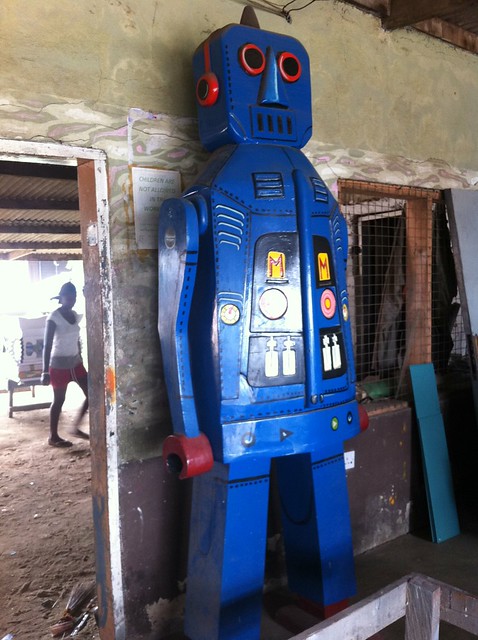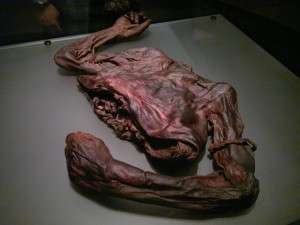I was browsing Tumblr and came across a TED Talk regarding human fear and avoidance of death. In the talk, Stephen Cave presents his viewpoint that humans begin to fear death from a young age and may being to believe in one or many biases that promise some type of safety net that will save us from death or at least make it an easier process. Throughout human history, most cultures have had myths that promise everlasting life in some aspect. While the idea of these myths may seem like they only relate to magic potions that stop the aging process, Cave argues that the religious idea of a savior who gives everlasting life fits into this category as well. The medical advances in today’s world and the promise of postponing death through various medical procedures also fall into this spectrum. Obviously, the statement regarding religious salvation as a myth is very controversial . However, when I listened to the talk the main point that stuck out to me due to our conversations in class was that everyone has their own personal way to deal with imminent death. For some it may be religion, while for others it could be the promise of stem cell research that will be able to completely rebuild the human body.
Cave does make controversial statements, but I think the most crucial part of his speech is that we are all biased to believe in something that helps us cope with our fear of death. There is no right way to cope with death and the point is that we all partake in this action. One of our lectures in class discussed how Medieval culture embraced death because it meant that those close to death would hopefully be going to Heaven to start their true life with God. Though it may seem like these people did not fear death, I think they were using the idea of salvation to cope with the end.
Even with these beliefs, stories, and promises, death will remain something to be feared because it is the end of our existence and all we have worked for in life. I agree with Cave’s concluding statement that the only thing that truly matters is that we live our lives exactly how we want to. Death will happen at some point despite our efforts to stop it. Thus, there is no harm in holding a certain belief or idea that can help slightly relieve the fear of death. These are what allow us to focus on the parts of life we can control and truly live everyday to the fullest.



